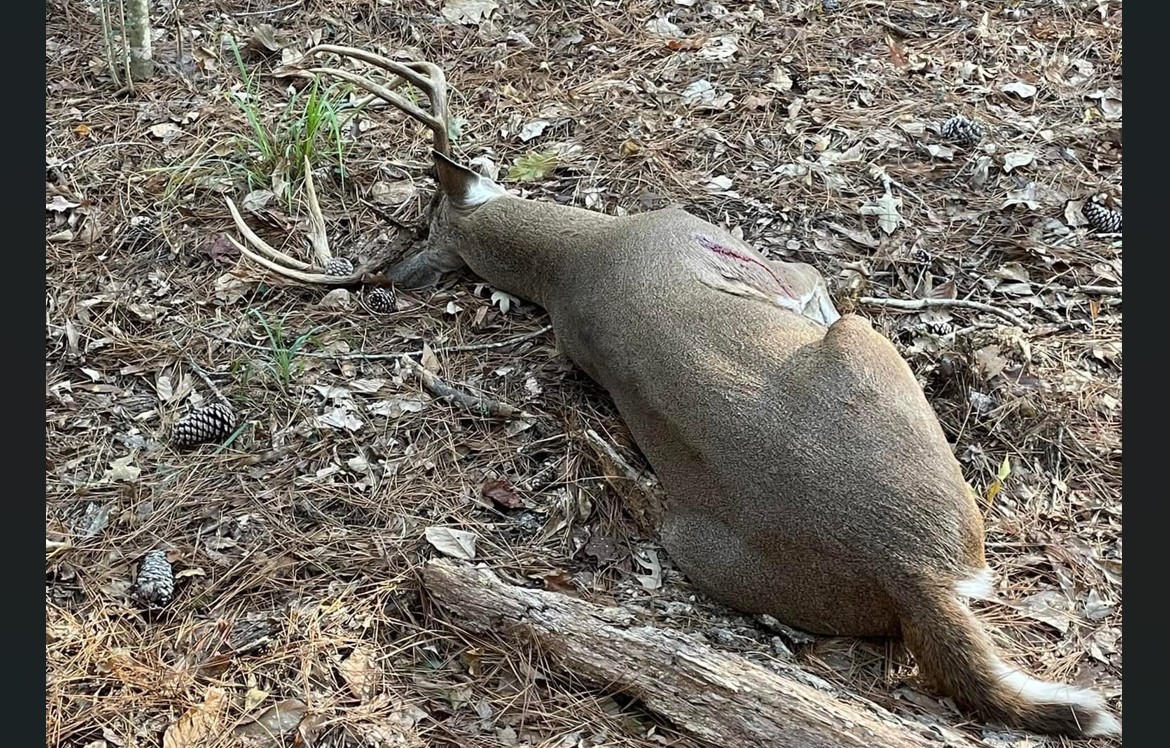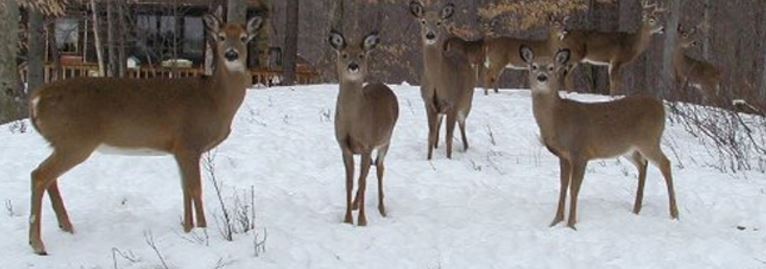The Texas Parks and Wildlife Department (TPWD) and the Texas Animal Health Commission (TAHC) have confirmed the first case of chronic wasting disease (CWD) in Brown County. The infected deer was a 3.5-year-old female white-tailed deer from a high-fenced ranch. This marks the county’s first known case of CWD in Brown County.
The deer tested positive following postmortem analysis required for CWD surveillance on a ranch that had received deer from a CWD-positive breeding facility in 2024. Initial testing was conducted by the Texas A&M Veterinary Medical Diagnostic Laboratory (TVMDL), and the confirmation of CWD was later validated by the National Veterinary Services Laboratory in Iowa.

The ranch in question is registered as a deer breeder release site and was identified as having received animals from a breeding facility that reported a CWD-positive case in 2024.
CWD has a long incubation period, often taking years before any clinical signs of the disease become evident. As a result, surveillance testing, including testing of hunter-harvested deer, is crucial in detecting the disease early, particularly when there is no obvious sign of illness in the herd. The property was under quarantine following its connection to the CWD-positive facility.
Officials are encouraging landowners and hunters to adopt effective wildlife management practices, such as managing deer populations through proper harvest strategies and maintaining healthy habitats. These steps are vital in reducing the spread and impact of CWD, especially in areas where the disease has been detected.
Chronic wasting disease is a fatal neurological disorder that affects cervids, including deer, elk, and moose. CWD is spread by animal to animal and through the environment. It is a slow-progressing disease, and infected animals may not show any symptoms for several years. As the disease advances, animals may display behavioral and physical changes, such as weight loss, lack of coordination, excessive thirst, drooping ears, teeth grinding, abnormal posture, and a loss of appetite.

